Campus crime rates are generally lower than the national average;however thousands of crimes take place on college campuses daily.Cities that are notoriously dangerous would likely be undesirable locations for a college campus.A study examined the crime rates on campuses throughout the United States and whether or not they were significantly affected by surrounding cities.A regression analysis was performed to investigate which characteristics of a city,along with a few chosen demographics of a school,impacted the crime rate on a college campus.There are over 4000 colleges and universities in the United States.The study included a random sample of 129 institutions.The response variable was the number of crimes per 1000 people.Explanatory variables included the percent of married couples in the city (married) ,tuition of the university (tuition) ,average income of the city (income) ,unemployment rate of the city (unemployment) ,percent of students who belong to a fraternity or sorority (Greek) ,average age of the students at the university (age) ,and number of liquor stores in the city (liquor) .A complete analysis of the data is shown below. 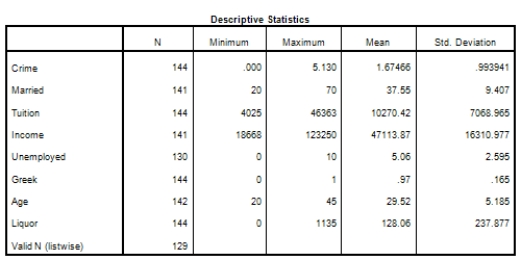
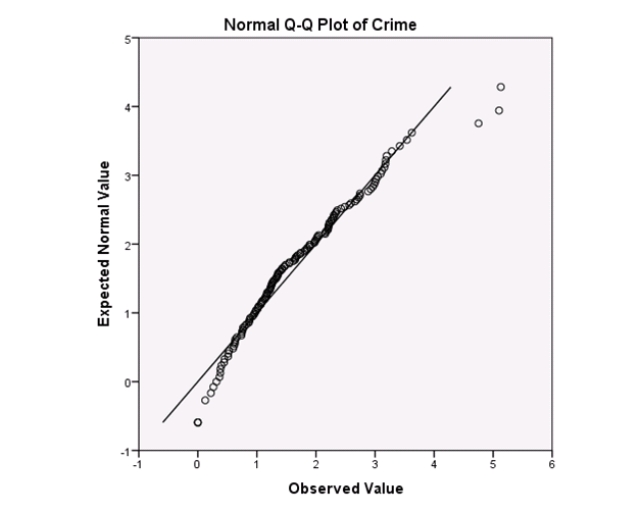
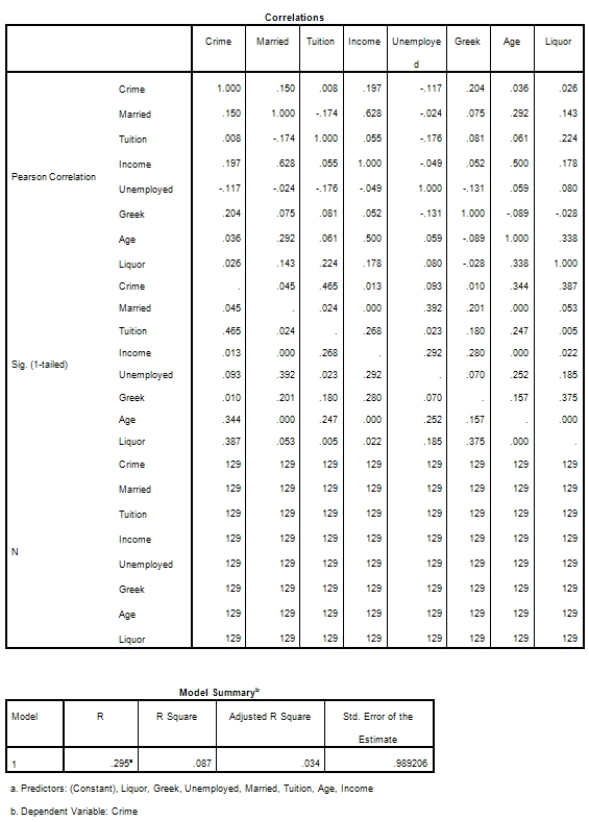
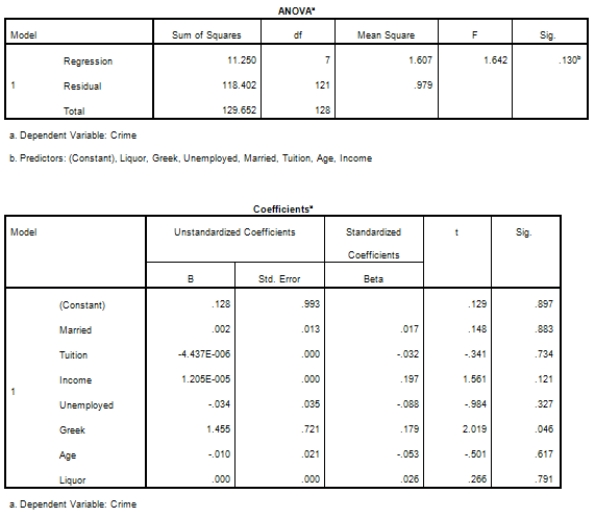
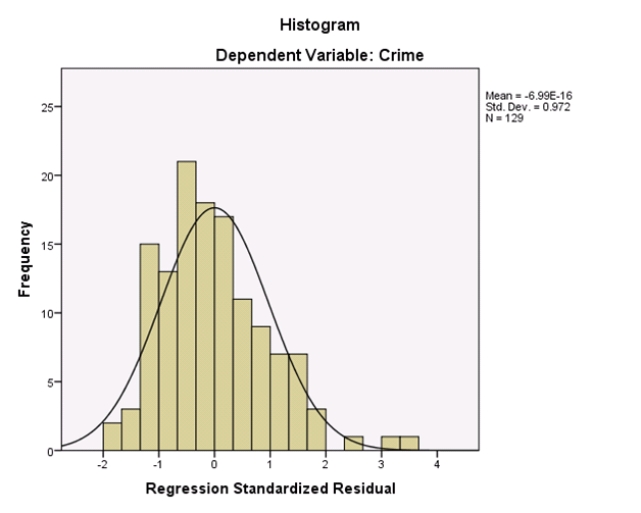
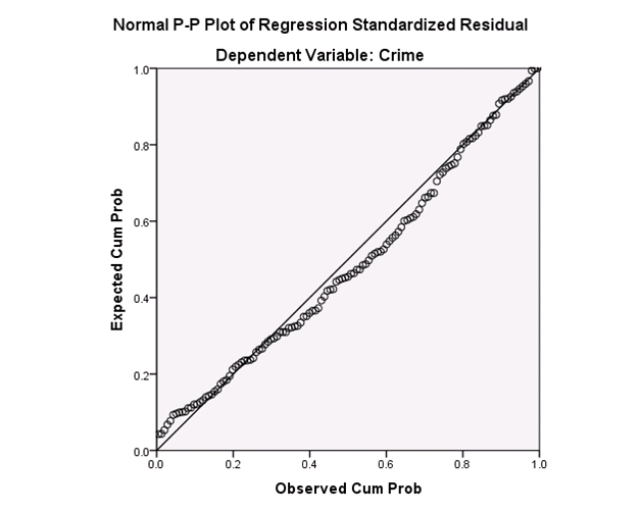 Does the significance test for the individual regression coefficients for marriage and income contradict the information we obtained from the correlation table?
Does the significance test for the individual regression coefficients for marriage and income contradict the information we obtained from the correlation table?
Definitions:
Limited Temporary Basis
A restricted and short-term arrangement or condition, often applied to agreements, access, or usage rights.
Final Commitment
The ultimate pledge or decision made by a party in a process or agreement.
Warranty Terms
The conditions under which a manufacturer or seller agrees to repair, replace, or refund a purchased product within a specified time frame if it fails to meet stated quality and performance standards.
Accept the Objection
A technique in sales and negotiation where one acknowledges an objection raised by another party as valid, but then proceeds to address it or mitigate its impact.
Q3: Suppose you want to determine if there
Q9: When a stimulus similar to the CS
Q21: A consumer advocate is comparing income for
Q25: Does giving an incentive really work on
Q41: Suppose we are given the following information:
Q42: Logistic regression is based on _.<br>A)variances<br>B)proportions<br>C)odds<br>D)None of
Q42: "Cramming" is a technique often used by
Q63: Do people prefer tap or bottled water?
Q69: The following stemplot displays the number of
Q75: A researcher is investigating possible explanations for